Triple Arthrodesis of the Foot With Autogenous Bone Grafting
Aug 21, 2019George Edward Quill, M.D. (Retired 2023)
This videotape covers the technique for triple arthrodesis of the foot using autogenous bone graft. We will start with preoperative planning using a skeletal model of the foot, some preoperative clinical assessment, and preoperative review of the patient’s radiographs. We will discuss positioning of the patient on the operating room table and an overview of the necessary instruments employed for this technique. We then will show the clinical procedure on a live patient and review this patient’s postoperative radiographs.
OVERVIEW
Review of a plastic skeletal model demonstrates how closely linked the joints of the hindfoot are in the human foot. We are planning an arthrodesis of all three facets of the subtalar joint; posterior, middle and anterior, as well as linking to this arthrodesed hindfoot a fusion of the transverse tarsal joints; that is, the talonavicular and calcaneocuboid joints. Mel Jahss has described the incorporation of the calcaneonavicular arthrodesis site as a portion of this procedure, coining the term “quadruple arthrodesis”. Indications for triple arthrodesis of the foot include the painful or deformed sequelae of post-traumatic or primary osteoarthrosis, rheumatoid arthritis, tarsal coalition, neuromuscular conditions, talipes equinovarus, talipes calcaneocavus, neurotrophic disorders, or posterior tibial tendon insufficiency refractory to conservative care and bracing.
CLINICAL HISTORY AND RADIOGRAPHS
The patient whose triple arthrodesis is seen on this videotape sustained some 17 years ago a displaced intra-articular fracture of his tarsal navicular with superimposed avascular and post-traumatic degenerative osteoarthritic changes. His initial injury had been unrecognized for its severity, and no specific treatment other than protected weight bearing had been rendered. Here you see his clinical presentation. A review of his preoperative x-rays follows.
This patient’s weight bearing foot radiographs exhibit the cardinal signs of post-traumatic osteoarthrosis. He has radiographic joint space narrowing, subchondral sclerosis, the formation of osteophytes, as well as having evidence for subchondral cyst formation. The most severely involved joint is the talonavicular. However, the subtalar and calcaneocuboid, as well as calcaneonavicular articulations are involved as well.
SURGICAL TECHNIQUE
Our patient is positioned supine on the operating room table with the operated foot within four inches of the end of the table to allow for percutaneous insertion of a calcaneotalar guide pin and screw. We use during the case a bump under the posterior distal tibia to elevate the heel off of the bed. We also place a well-padded bump under the ipsilateral buttock in order to facilitate slight internal rotation of the operated foot. This bump may be removed after the lateral portion of the procedure is completed to facilitate the medial surgery. The planned incisions are longitudinally oriented and two in number.
Landmarks for the lateral incision include the anterior process of the os calcis, which we want to preserve for possible anchoring of the proximal to distal calcaneocuboid screw. We use the fibula and the peroneals, as well, as our landmarks. In some thin patients, with passive inversion of the foot, one can see the dorsolateral cuticular branch of the superficial peroneal nerve subcutaneously.
Medial landmarks include the medial malleolus and the talonavicular joint, and we want to preserve the medial tuberosity of the navicular for anchoring of the screw head that will be used for fixing the talonavicular joint. Alternatively, instead of using two parallel incisions, we can couple the usual medial incision with a wound made in the typical Ollier fashion, paralleling the Langer’s skin lines over the sinus tarsi. As long as there is a wide enough skin bridge left between the lateral and medial wounds, this type of incision often affords better exposure than do the two longitudinal incisions used in the technique seen today.
Common pitfalls on the surgical approach to the hindfoot for triple arthrodesis include injury to the peroneal tendons, the dorsolateral cuticular branch of the superficial peroneal nerve, or the sural nerve on the lateral side. Medially we must be careful to preserve the posterior tibial tendon and the neurovascular bundle.
Instrumentation commonly employed for triple arthrodesis of the foot includes sharp beveled chisels, curettes, and rongeurs. A cannulated screw system is not absolutely necessary, but is of great advantage in this procedure. I like to have a set of orthopaedic staples available for supplemental fixation in the case of osteopenic bone or failed screws. Often I will have a small fragment screw set available, but much more commonly I use 6.5 millimeter or 7 millimeter cannulated screws.
After standard prep and draping in the usual sterile free fashion, and under pneumatic tourniquet control applied at the thigh level, the procedure is carried out. I prefer to perform the lateral side of the procedure first. The incision is made, and we take care to identify and protect the peroneal tendons. I usually open the sheath for retraction and take the sural nerve with the peroneals posteriorly. I also want to extend the dissection medially to the level of the long extensors and the peroneus tertius tendon. I then raise a distally based flap of the short extensor muscles. I like to leave a proximal cuff of ankle capsule, extensor retinaculum and fascia for repair at the end of the case. We then excise the contents of the sinus tarsi and place the appropriate retractors. I usually place a Weitlaner and/or Army-Navy retractors, exposing the posterior facet of the subtalar joint. One wants to see and protect all the way to the flexor hallucis longus posteriorly and posterior tibial tendon medially. A lamina spreader is of great help in exposing this area. A chisel, curette and rongeur are used to excise the remaining articular surfaces of the posterior facet on the os calcis, the undersurface of the talus and talar neck, as well as the middle and anterior facets on the calcaneal side of the subtalar joint. I position the lamina spreader anteriorly while working on the posterior facet of the subtalar joint. I position the lamina spreader in the posterior facet once I have completed that and want to turn attention to the middle and anterior facets.
We then expose and prepare the calcaneocuboid joint. We prefer to be as meticulous as possible in taking just a very thin portion of remaining articular cartilage and subchondral bone. This leaves a much more anatomic, bleeding surface of subchondral bone for position and fixation. Alternatively, if this procedure is being carried out for severe deformity, the appropriate wedges of bone may be resected. Also through this lateral wound we take down the lateral side of the talonavicular joint. What helps here is a more narrow chisel and/or curette.
Turning attention to the medial side, our incision is made and deepened down to the capsule of the talonavicular joint. We use a lamina spreader to distract the joint surfaces, and I use a small chisel, curette and rongeur to prepare the surfaces. Almost always the navicular is much more sclerotic than the talar head and requires extensive use of a curette. Occasionally, I will make drill holes through the subchondral plate of the hard bone. The navicular side is, of course, not quite as sclerotic in the case of the rheumatoid patient. We want to make sure that enough of the talonavicular joint is removed so that both the talonavicular and calcaneocuboid arthrodesis sites are apposed congruously when the entire transverse tarsal complex is reduced in an anatomic plantigrade position. If not enough joint length or medial column is removed, then there will be distraction at the lateral calcaneocuboid arthrodesis site.
The next step is to obtain and place autogenous bone graft. Bone grafting is indicated in cases of bony deficiency, to increase the rate of fusion and increase the surface area for arthrodesis. Autogenous bone grafting is also indicated in cases of salvage arthrodesis, revision arthrodesis, and for structural support of the reconstructed hindfoot. The graft is used in a “moldable” type of technique to fill in areas of deficient bone and optimize fusion rates. This graft may be obtained from the ipsilateral iliac crest or from the ipsilateral distal tibia through a separate supramalleolar incision. This distal tibial technique has commonly been employed by many of us in the past, but most recently was described at the New Orleans Foot Society Meeting in 1994 by Danziger, Decker, and Abdo. I then turn my attention to fixation through the lateral wound. I will fix the subtalar arthrodesis site first. There are at least two alternatives for fixation here. This videotape demonstrates the percutaneous inferior to superior calcaneotalar fixation technique. The entry point of my threaded guide wire from the cannulated screw set is on the heel posterior to its weight bearing subcalcaneal surface. The direction of the guide wire is both perpendicular to the posterior facet and centered in the talus in the parasagittal plane.
Alternatively, dorsoplantar fixation can be done. I find this is easiest when I use either a single lateral incision for the approach or when I use the transverse or Ollier sinus tarsi approach to the lateral side of the foot. That screw is placed in a dorsal to plantar direction from the shoulder of the talus into the posterior tuberosity of the os calcis.
I have inserted the radiographs of two different patients at this point in the tape for clarification. The first patient is the one whose procedure is demonstrated on this videotape. The second patient is one whose arthrodesis was accomplished with the dorsoplantar subtalar screw technique.
Calcaneocuboid fixation may be done from proximal to distal; anchoring the head of the screw in the retained anterior process of the os calcis, or the calcaneocuboid joint may be fixed with a single screw from distal to proximal. I usually place this distal to proximal calcaneocuboid screw slightly more longitudinally oriented than demonstrated on this tape.
Medial fixation can be placed from distal to proximal, anchoring the screw head in the tuberosity of the navicular and countersinking it there. One wants to take into account the talar declination angle when passing the guide wire. Usually the talonavicular declination is greater than one might appreciate clinically.
Intraoperative x-rays are obtained. I will often obtain one set of plain radiographs after the guide wires are placed and before the screws are placed in order to ascertain position, alignment and screw length. I will always obtain a second set of films after the screws are placed to insure appropriate positioning and length. Alternatively, this technique can be carried out under intraoperative C-arm, fluoroscopic control. On this videotape we will review the intraoperative x-rays.
Meticulous closure is done after deflating the tourniquet and ensuring hemostasis. Usually the great amount of bleeding cancellous bony surfaces afforded by the procedure, as well as the bone grafting, will necessitate placement of a closed suction drainage tube. Our dressing is a bulky compressive type dressing that does not include any circumferential plaster. Either a straight posterior plaster splint or coaptation type splints are applied.
The patient is admitted postoperatively for one or two nights. He is seen at the office two weeks after surgery, when the initial operative dressing and skin sutures or staples are removed. At this point the patient is placed in a nonweight bearing short leg cast. He returns to the office four weeks after that cast is placed for the application of a short leg walking cast. On average, solid union is obtained at ten to twelve weeks, when casting may be discontinued. In reviewing our series of triple arthrodesis for all indications, union rates are well over 98 percent, including all arthrodesis sites. Our hardware removal rate is less than one patient in every twenty. In those patients undergoing triple arthrodesis for painful flatfoot deformity of long-standing duration, we will always at least consider performing at the same anesthetic as the triple arthrodesis, a percutaneous tendo-Achilles lengthening.



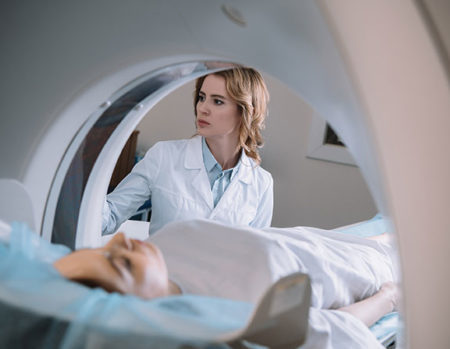 Our patients can receive MRI imaging onsite at both our Louisville and New Albany Clinics.
Our patients can receive MRI imaging onsite at both our Louisville and New Albany Clinics.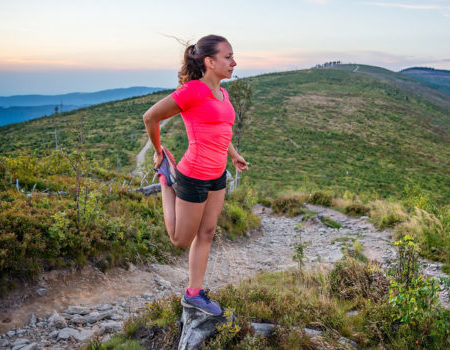 Providing the latest advances in orthopedic surgery is our specialty.
Providing the latest advances in orthopedic surgery is our specialty.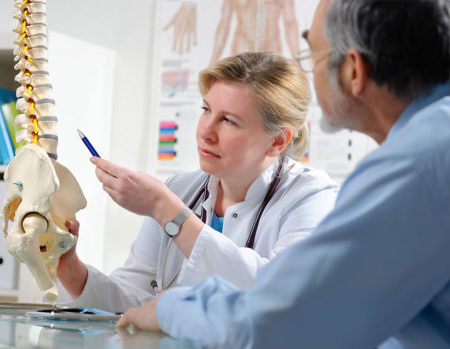 We take a unique, multidisciplinary approach to pain management.
We take a unique, multidisciplinary approach to pain management.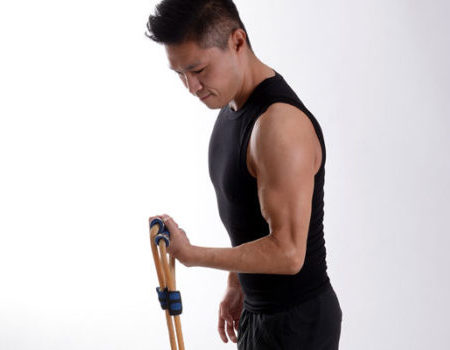 Our physical therapists use advanced techniques to help restore strength and mobility.
Our physical therapists use advanced techniques to help restore strength and mobility. 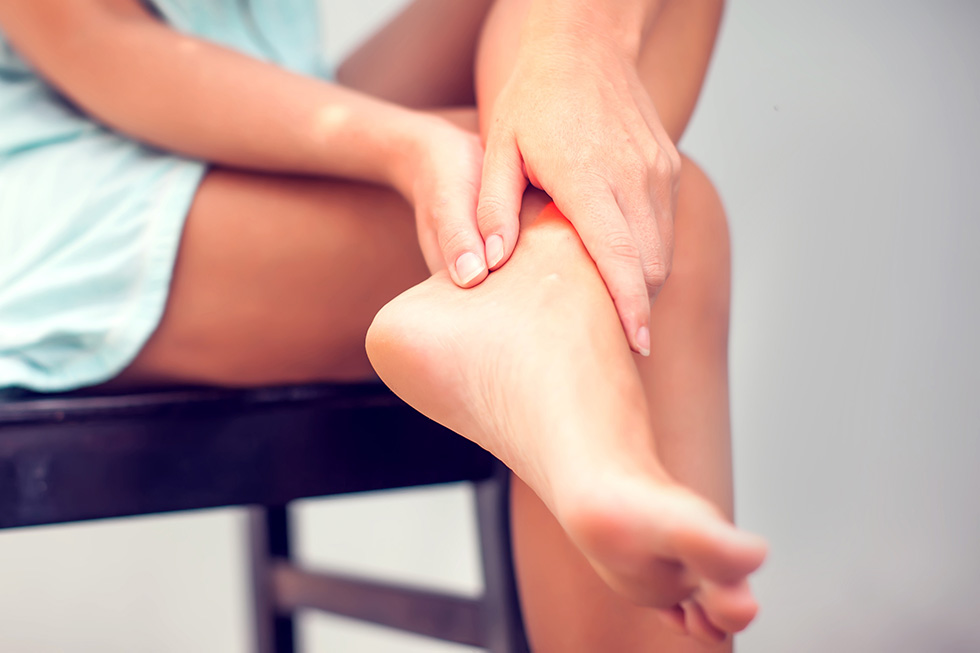 We provide comprehensive, conservative care for a wide variety of foot and ankle conditions.
We provide comprehensive, conservative care for a wide variety of foot and ankle conditions.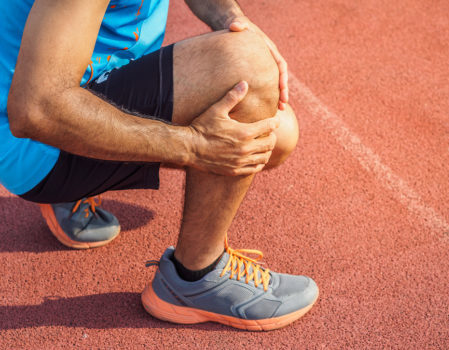 We offer same- and next-day care to patients with acute injuries.
We offer same- and next-day care to patients with acute injuries.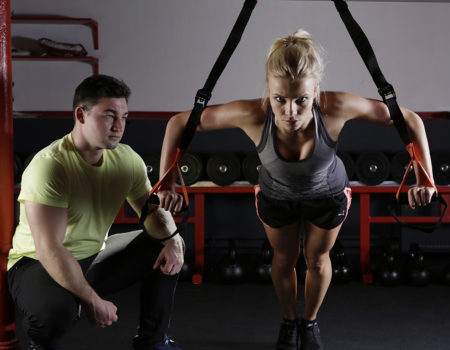 Get back in the game with help from our sports medicine specialists.
Get back in the game with help from our sports medicine specialists. 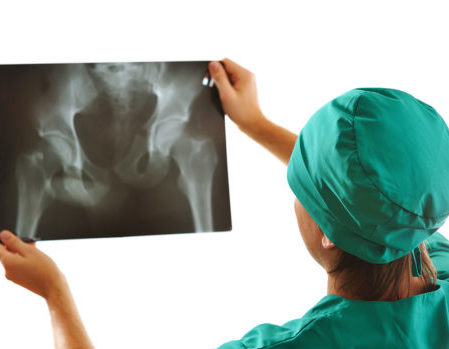 Our centers are equipped with a state-of-the-art digital X-ray machine.
Our centers are equipped with a state-of-the-art digital X-ray machine.